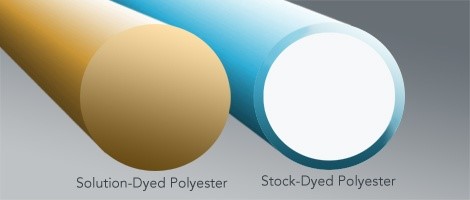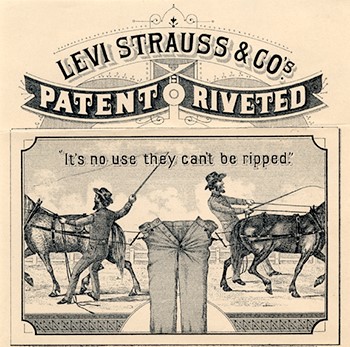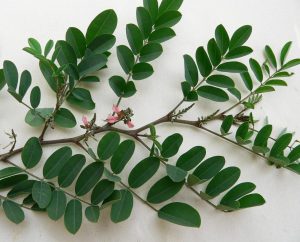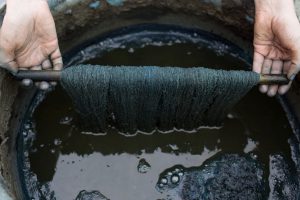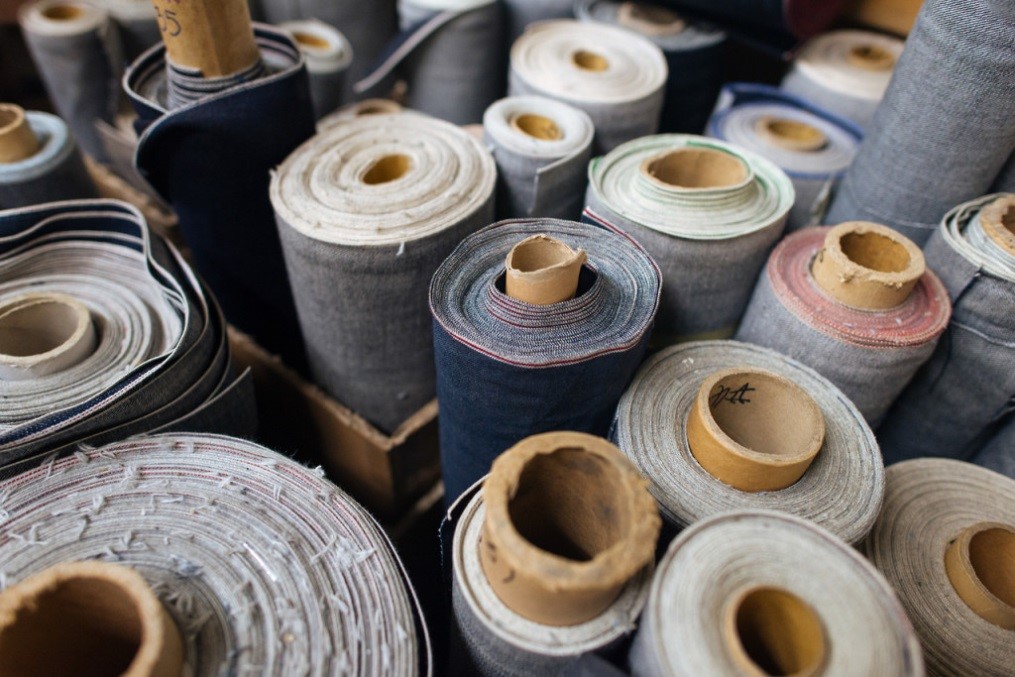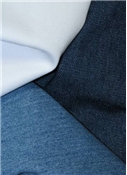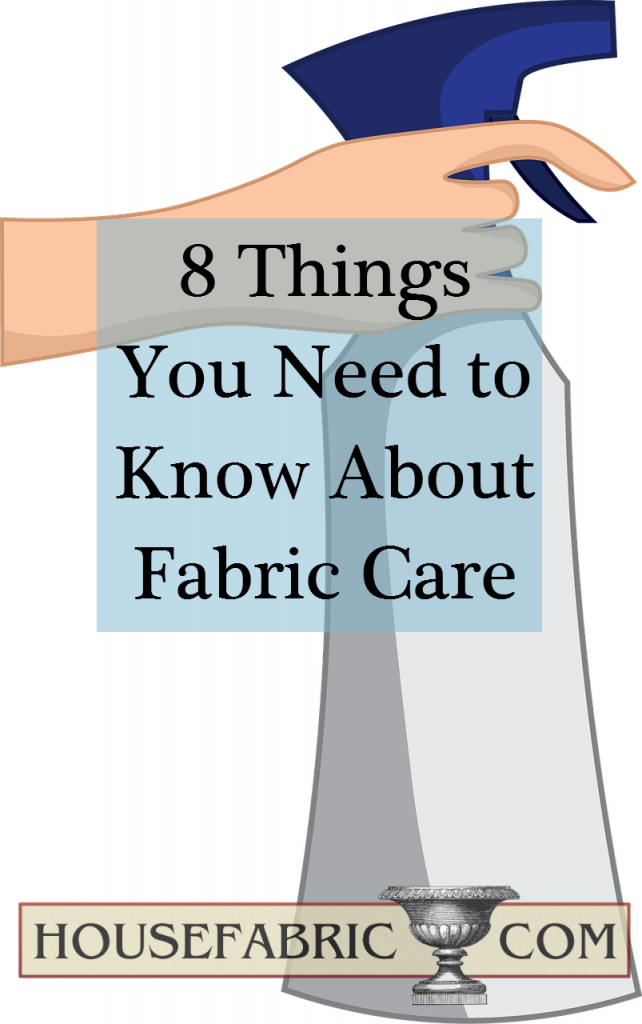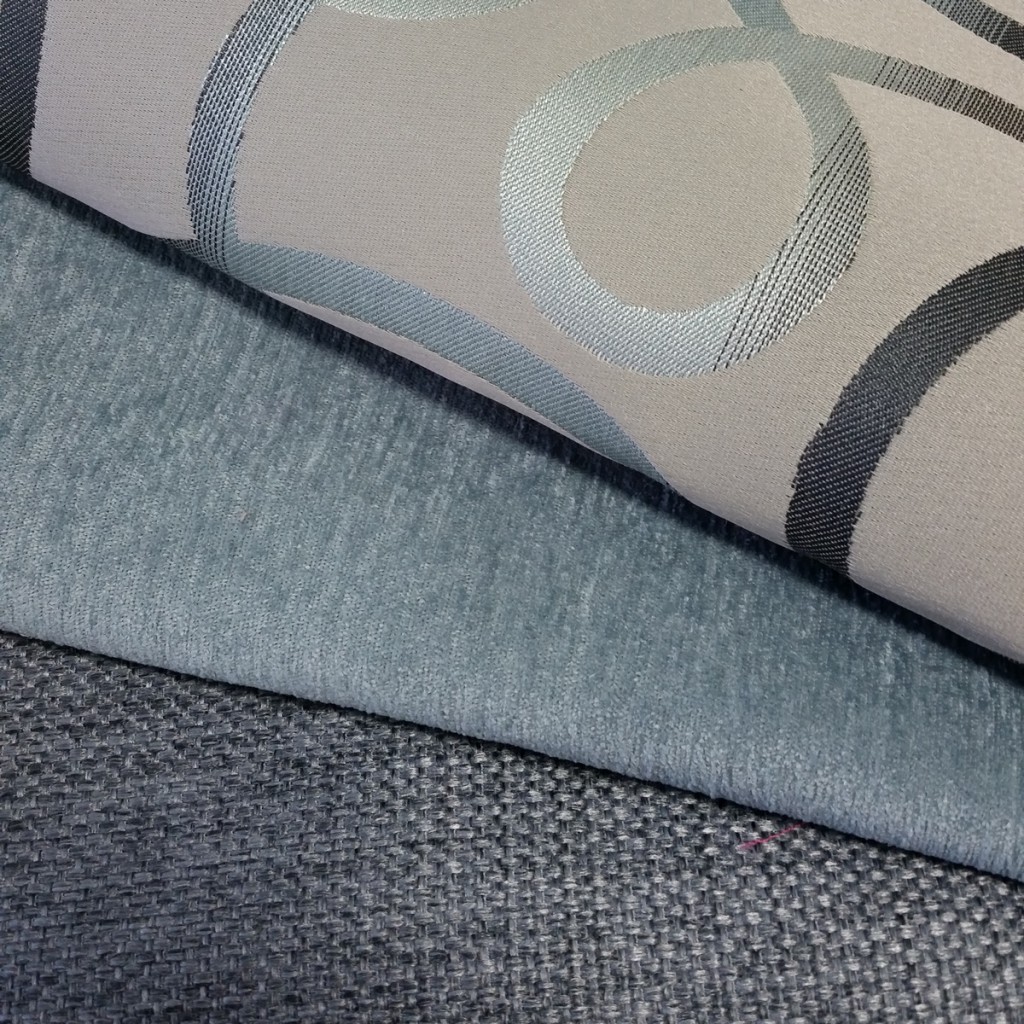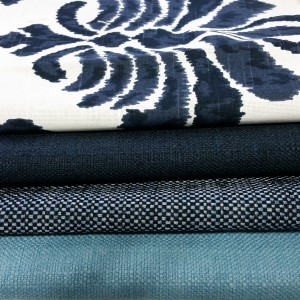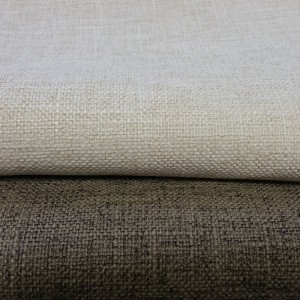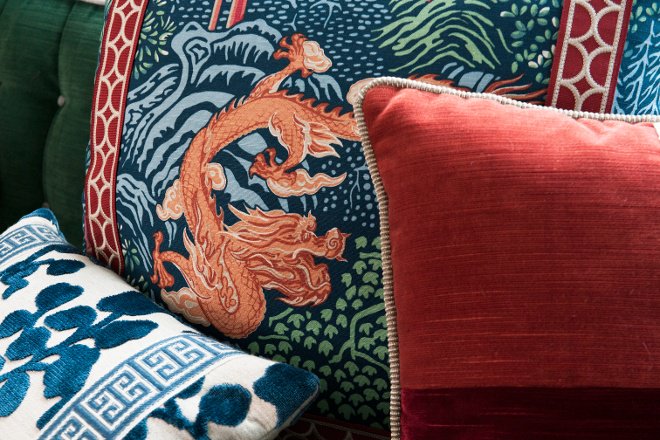
Vern Yip Collection featuring 04225 Navy Vern Yip
We recently brought in a beautiful grouping of Vern Yip’s new fabric collection. Trend-fabrics.com recently sat down with the Architect, Interior designer and T.V. Personality to discuss their second collaboration. We wanted to share some of the highlights and our own favorites. His new collection has everything, bright, rich colors, new exciting prints and plenty of timeless classics. Make sure to shop www.housefabric.com for the latest Vern Yip fabrics.
04242 Navy
Animal prints have been a design staple for quite some time now so the challenge has become offering new takes on it that will layer nicely while also seeming fresh. This interpretation of an antelope’s coloring and spotting is so dynamic. The version in Navy is so unexpected but instantly feels like a classic.
From http://blog.fabricut.com/vern-yip-shares-his-top-picks
We are wild about this print and so are our customers. It also comes in Aqua, Fawn and linen shop the look here https://www.housefabric.com/Vern-Yip-Fabrics–C5534.aspx
04235 in Aqua Garden
Everyone knows that I’m a fanatic for orange! I love how it freshly partners with so many colors. This exotic bird print brings together beautiful line work with Grey, Aqua, Bark, Moss, and Orange to create a stylish and rich print that also manages to be soothing. I love how absolutely versatile this print is and how many different colors you can pull out of it!
From http://blog.fabricut.com/vern-yip-shares-his-top-picks
Vern also mentions his favorite color combination grey and citrine! We love 04225 Citrine and 04250 Citrine. Chinosorie is a classic design element that our customers have been embracing. The dragon print is bold and the grey citrine combination is so eye catching. The textured velvet is so luxurious but also durable and can be used for window treatments, upholstery or bedding. They make stunning coordinates.
This entire collection is full of inspirational prints, rich colors and texture and can be used for multi purpose applications from upholstery to window treatments. Shop everything we carry and more here https://www.housefabric.com/Default.aspx

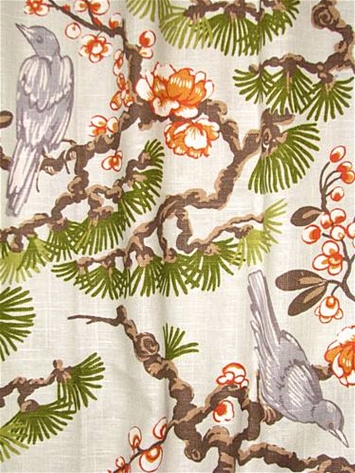
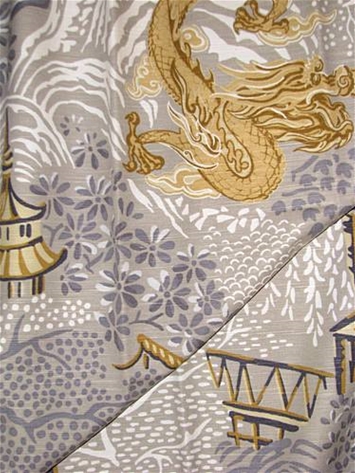
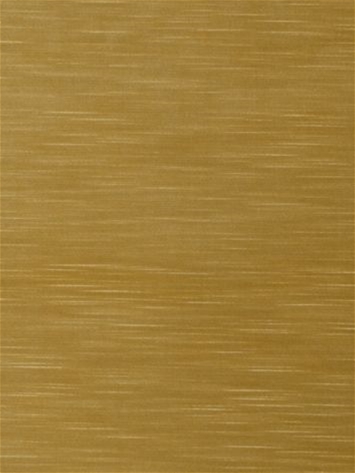
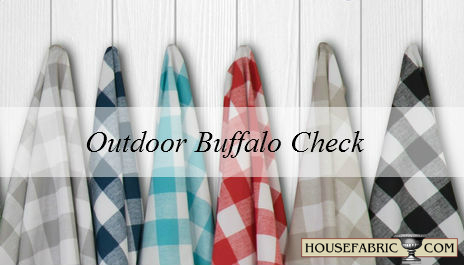
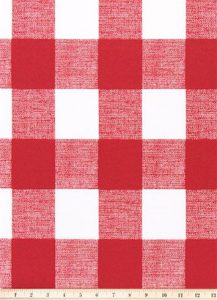
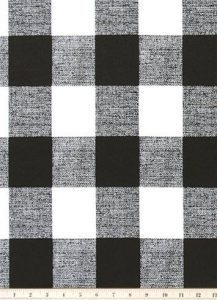
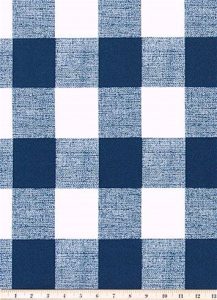
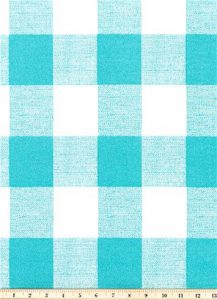
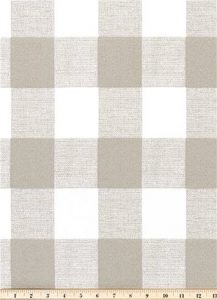
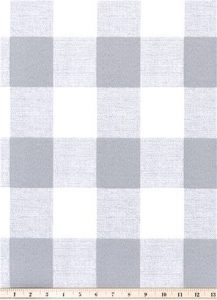
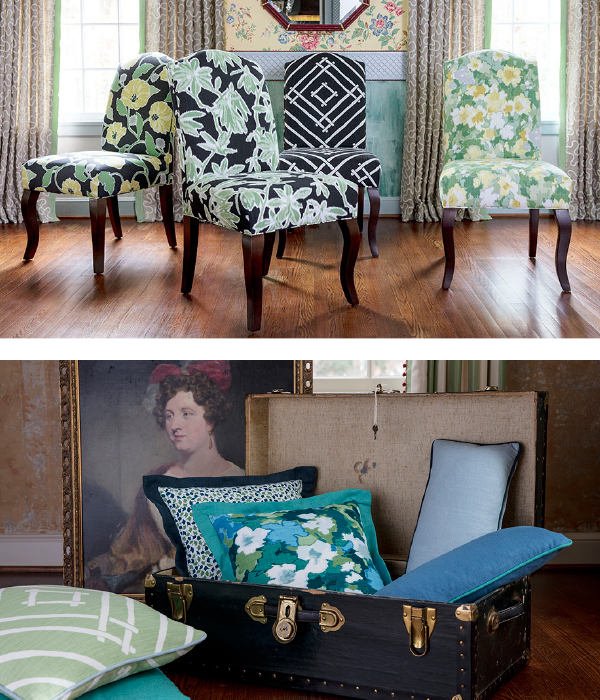 Our latest Robert Allen @ Home collection with Madcap Cottage made a big impression at Showtime Market. The large-scale painterly designs coupled with a new vivid and cheerful palette update traditional chintz-like florals for today’s modern interiors.
Our latest Robert Allen @ Home collection with Madcap Cottage made a big impression at Showtime Market. The large-scale painterly designs coupled with a new vivid and cheerful palette update traditional chintz-like florals for today’s modern interiors.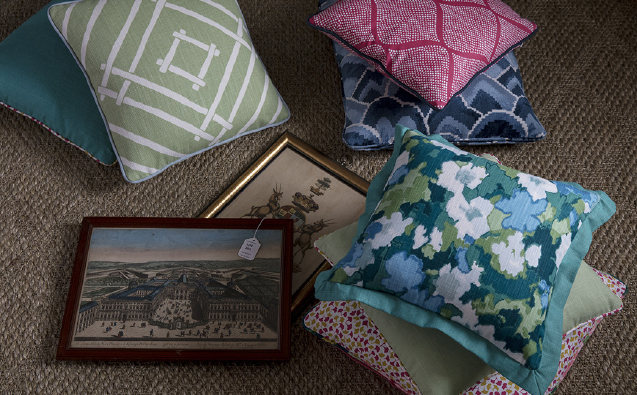
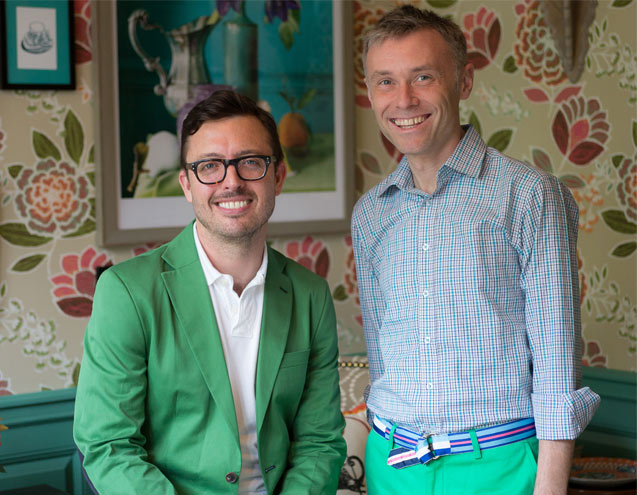
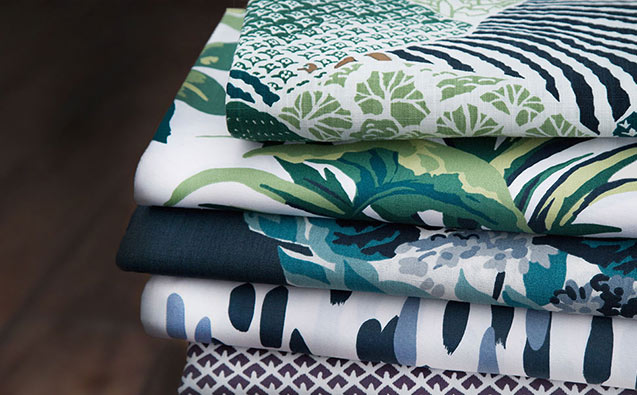
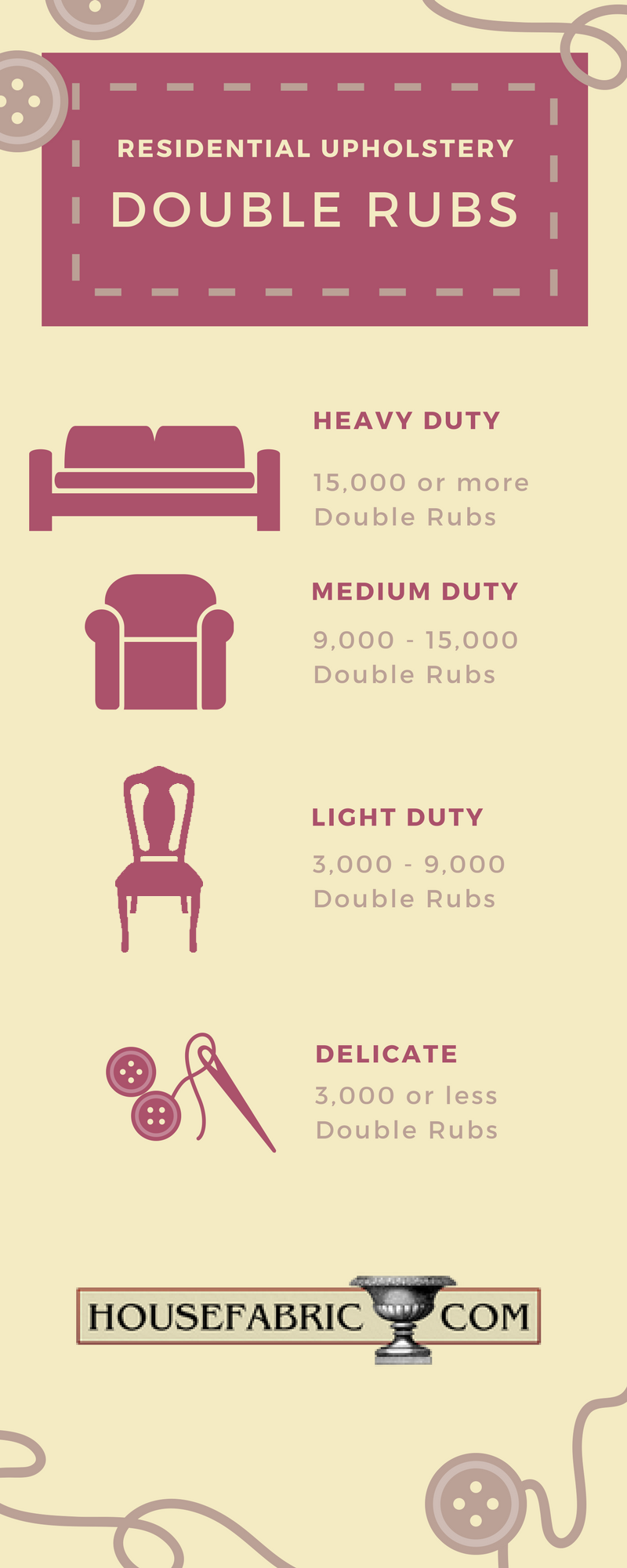
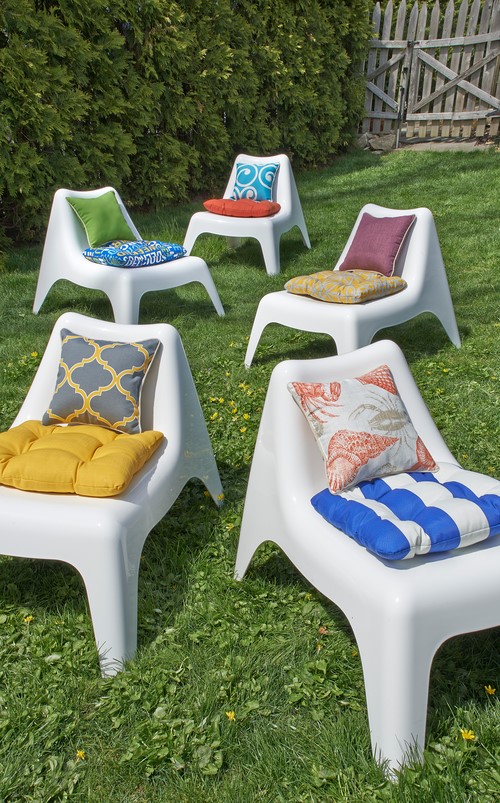 What is outdoor fabric?
What is outdoor fabric? 